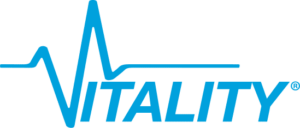Case Study
Transitioning to In-House Utility Billing with VITALITY
Summary
A Texas-based property management company oversees a portfolio of 38,000 multifamily units. For over 15 years, the client relied on outsourced utility billing services, alternating between the two largest providers due to inconsistent service quality. VITALITY was able to identify energy cost savings of over $50,000/year for the Salt Lake Community College.
Published
February 24, 2025
Challenges with Previous Providers
Rising Fees: The client faced continuous fee increases from their billing providers, making it an increasingly costly service.
Lack of Transparency in Recovery: The client experienced reduced recovery due to estimated reads and long timelines for meter repairs but lacked visibility into the full impact.
General Lack of Control: The client wanted more oversight and direct involvement in utility billing but was limited by the third-party providers’ processes and restrictions.
Long Implementation Timelines: Implementation timelines were often as long as 90 days, resulting in missed revenue during the transition periods.
High Costs
Annual Service Fees:
38,000 units × $5.25 per unit × 12 months = $2,394,000
Total Annual Costs:
$2,394,000 (service fees*) = $2,394,000
Revenue from Resident Charges
Monthly Billing Fees:
38,000 units × $0.75 per unit × 12 months = $342,000
Total Annual Revenue:
$342,000 (billing fees) = $342,000
In-House Solution Requirements
The client had long sought an in-house solution that covered all aspects of utility management, including resident billing, accounts payable integration, bill image and data storage, and submeter system installation and maintenance. However, no provider offered this full spectrum of services
Regulatory Concerns: Existing providers did not inform the client about resources like UMCA.org, essential for regulatory guidance, creating apprehension about compliance.
Fear-based messaging from current providers suggested that managing billing independently was too complex and risky.
Transition to VITALITY
Financial Impact With VITALITY
VITALITY Service Fees:
38,000 units × $2 per unit × 12 months = $912,000
Total Annual Costs:
$912,000 (VITALITY fees)
+ $40,000 (billing analyst salary) = $952,000
Revenue from Resident Charges
Monthly Billing Fees:
38,000 units × $6 per unit × 12 months = $2,736,000
Total Annual Revenue:
$2,736,000 (billing fees) = $2,736,000
Net Annual Revenue:
$2,736,000 (resident charges)
- $952,000 (VITALITY costs) = $1,784,000
Financial Comparison
Annual Cost Savings:
$2,394,000 (previous provider) - $952,000 (W/VITALITY) = $1,442,000
Annual Net Revenue Increase:
$1,784,000 (VITALITY) - $342,000 (previous provider) = $1,442,000
Outcomes: By transitioning to VITALITY’s in-house solution, the client achieved significant cost savings and increased net revenue. The partnership provided comprehensive services, including resident billing, accounts payable integration, bill image and data storage, and submeter system maintenance. Additionally, VITALITY offered regulatory guidance, ensuring the client’s billing practices remained responsible and compliant.
Conclusion
This case exemplifies how a large-scale property management company can successfully transition from outsourced utility billing to an in-house solution with VITALITY, resulting in enhanced financial performance and operational control.

